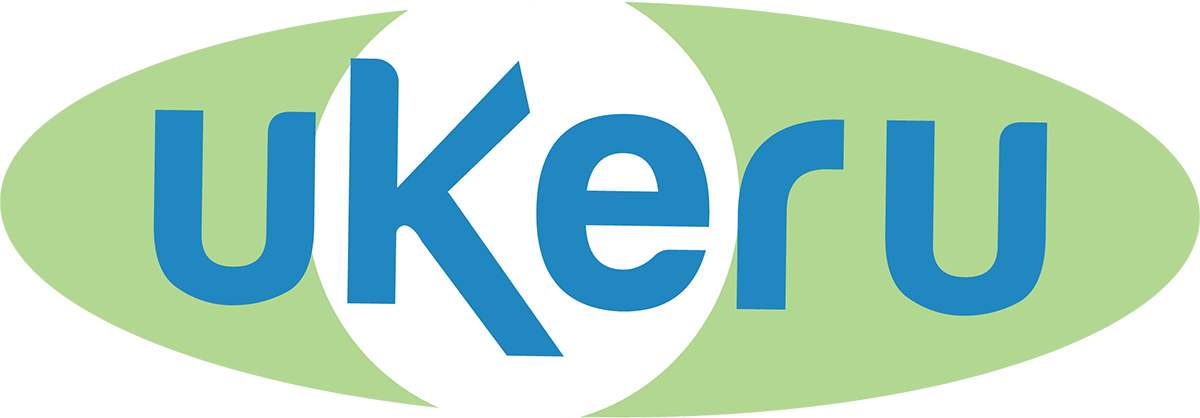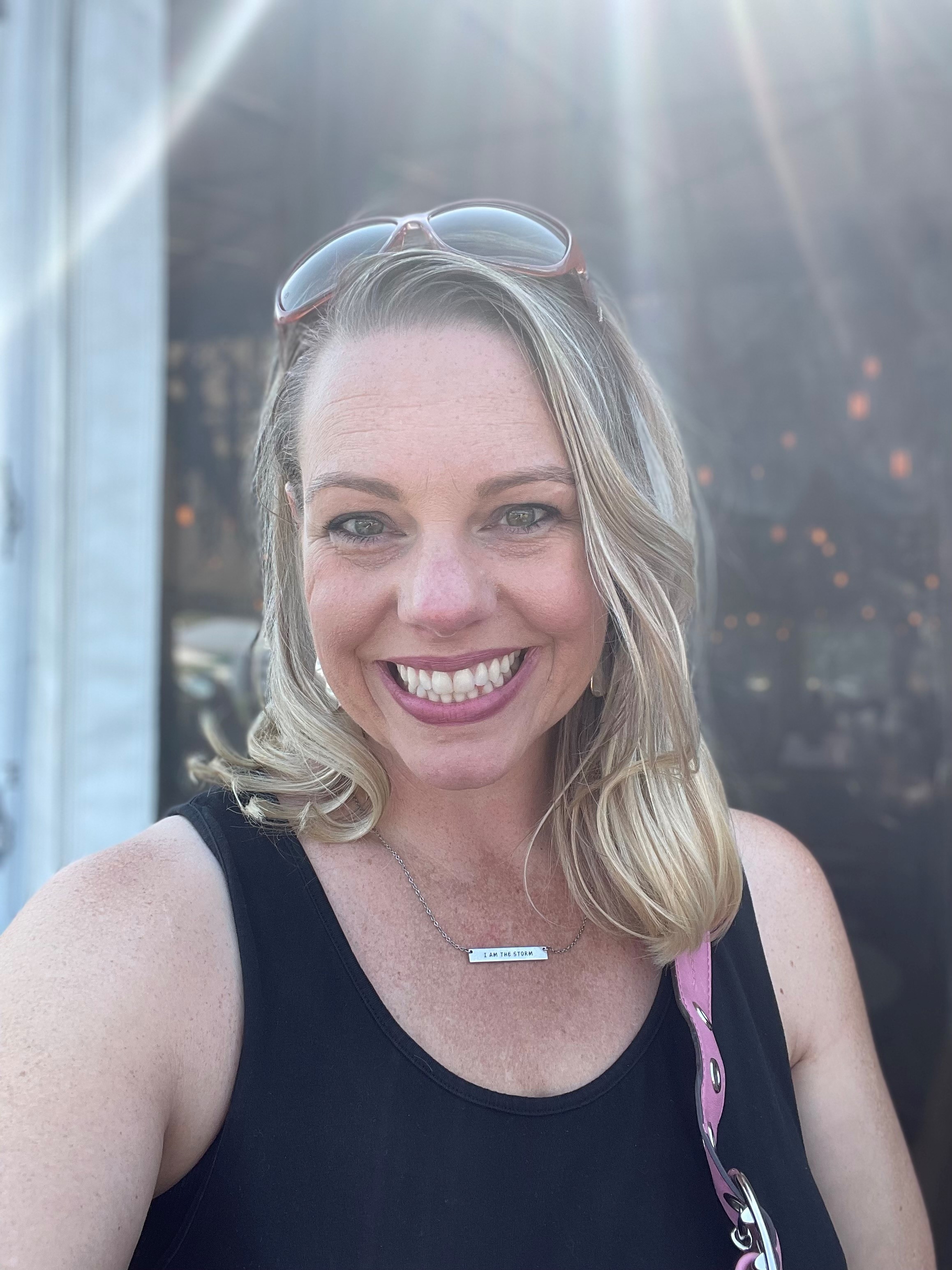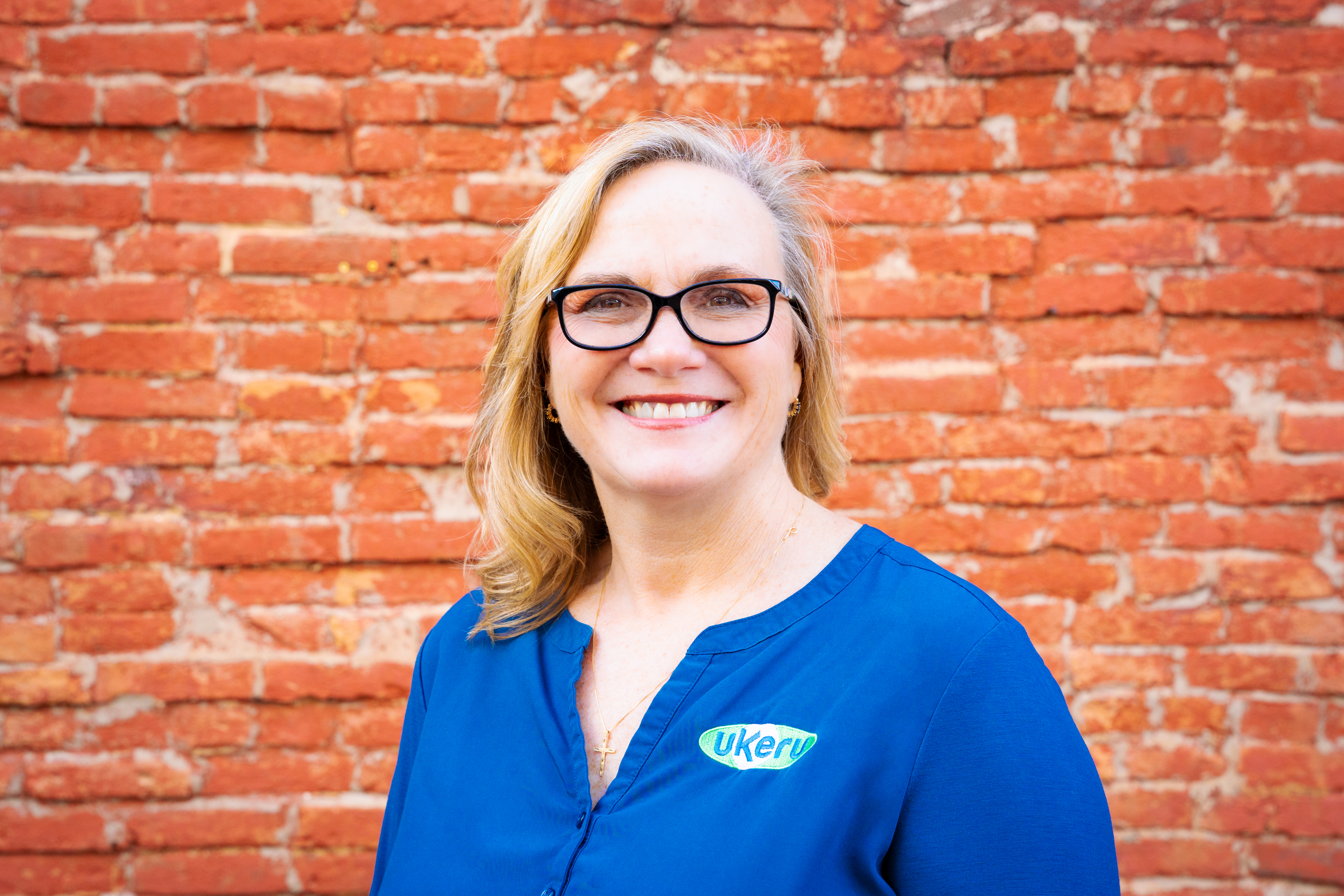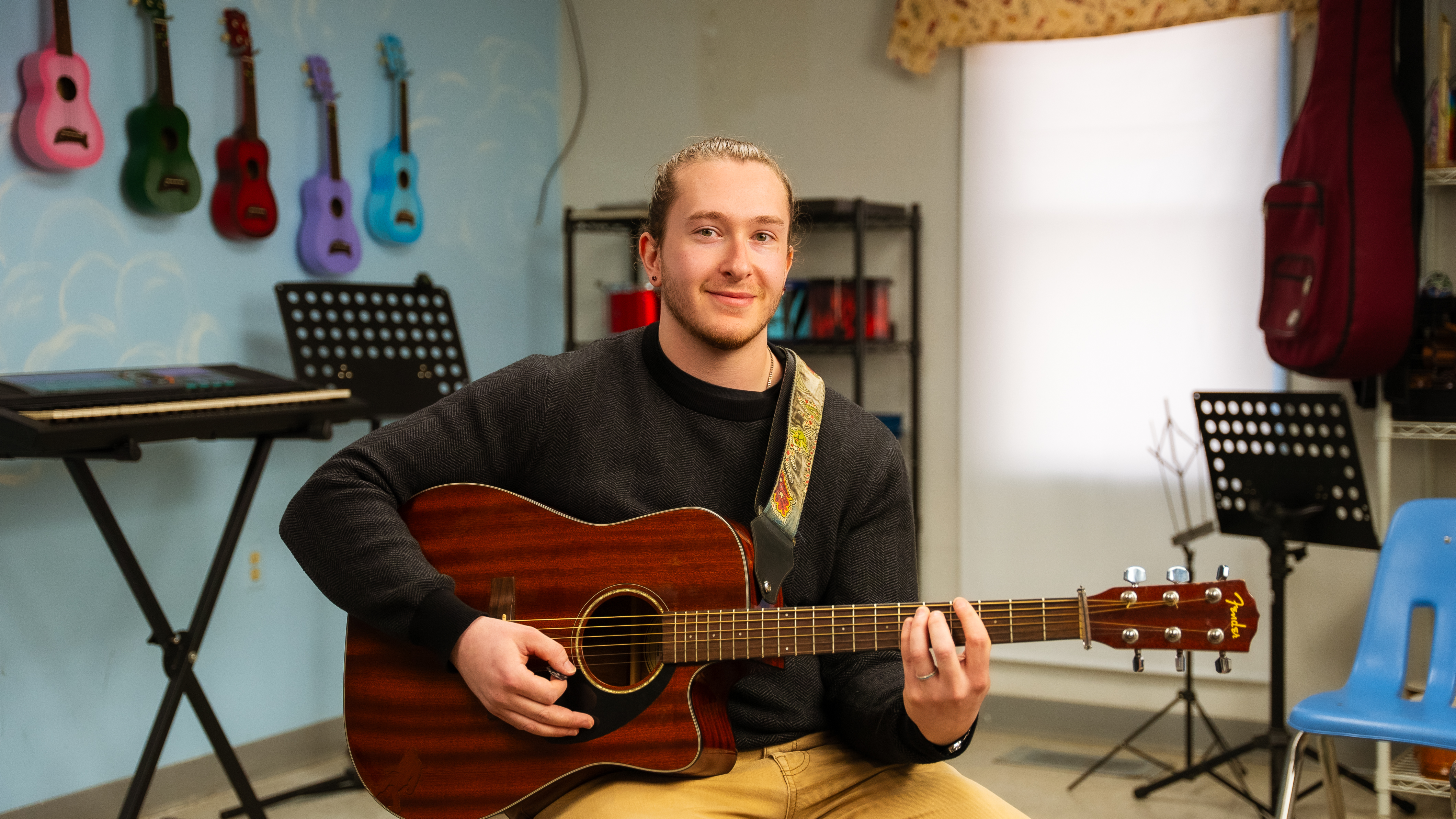As part of our efforts to share information and help support the elimination of restraints and seclusions, we want to shine a spotlight on individuals and organizations driving change. In this post, we are speaking with Kate Barbaro, Special Education Supervisor for the Millcreek Township School District in Pennsylvania. In her role, Kate works with Autistic and emotional support populations. Having also been a special education teacher, she brings a unique perspective to the discussion.
Can you describe your personal experience, as an educator, in using restraint and seclusion?
In the moment, there is always an intense adrenaline rush and a sense that “I am probably going to have to do something I don’t want to do.” That feeling has kept me up at night asking myself, “Could I have done something different?”
There is arguably nothing worse than having to call parents and tell them that you had to put your hands on their child; that there may be red marks or bruising. You feel guilty and second-guess yourself.
What was your introduction to Ukeru?
We had just gone through a very challenging case that started with a parent being upset about the use of restraint on their child. This was in the forefront of our minds when Millcreek’s Director of Pupil Services, Ed Nientimp, heard about Ukeru and suggested we go check it out. To be honest, we felt that we were already doing everything we could to minimize the use of restraint. We thought our trip to see Ukeru in action was only going to validate our current approach. But we wanted to do our due diligence. If there was any way we could do more to reduce restraints, we wanted to do it.
As soon as we pulled up to the school, we had a feeling it would be far more than we expected. Watching the kids get out of the busses and vans, we realized they had similarities to those who attend our school district. So we knew if this worked here, it would probably work with our students.
The training in which we participated was designed for Grafton’s (Ukeru’s parent organization) new employees. We really liked that; nobody was trying to sell us on something. But it sold itself.
How did you implement Ukeru at Millcreek?
Not long after our visit, we got the shields and trained the staff. We implemented Ukeru in three of the highest needs classrooms in January of this year. Between January and June, we had 11 instances where we were able to de-escalate without using hands on restraints. This was a huge win for us.
After the pilot, we ordered shields to support all of our autistic and emotional support classrooms and did further training. Heading into this school year, we expanded the program to 15 classrooms.
Already, as of day 20 of this school year, staff has used the shields and de-escalated 15 incidences. Our goal is to be 100% hands off.
Can you share an example of success?
We had a student in one of our classrooms who was restrained multiple times. He is a bigger kid, who had injured staff in the past. We had a lot of concern about his safety and that of others.
Just during the time we piloted Ukeru, he went from multiple restraints to zero. It took using it a few times in different environments for it to “stick.” He tested it a little bit, to see how it would work. But, this year, we haven’t had to use the shields with him at all. To us, that is a huge success. It makes the classroom feel safer for the students and teachers. And we don’t have to have those phone calls with his parents any more!
Sometimes, parents hear so many negative things about their children; it’s great that we now have the opportunity to talk to them about something positive.
How has the staff responded to the implementation of Ukeru?
It took a little bit of convincing. But after the last training we did, a teacher came up to me to tell me how great it was. We are slowly winning people over. Our staff is mostly pleased to have an alternative to restraint that works.
There are some roadblocks, of course. There has been skepticism, but it comes mainly from people who haven’t gone through the training. We are going to do a preview at the next executive council to show why we are full throttle about Ukeru. We will win people over by having them see it firsthand.
How do you respond to those who say that eliminating restraints entirely puts teachers and others at increased risk?
We are putting our teachers and students at risk by continuing to restrain children. We had no student or staff injuries in the year we implemented this. This was a dramatic departure for us, particularly in the autism and emotional support classes.
Are there any best practices you can point to for other organizations seeking to eliminate restraints and seclusions?
In my mind, the two most important things are getting administrative buy-in and debriefing with the staff after each incident.
Administrators can model behavior for staff. And the best way to gain their buy-in is explaining how this will decrease injuries to staff and workers and reduce comp cases. This makes due process cases much less likely and decreases staff turn over.
Debriefing helps with problem solving for individual students. For example, the first time we used a shield with one student, the episode lasted 90 minutes. We debriefed and strategized. By the second episode, the amount of time spent de-escalating that same student was cut in half. Each time, the staff gets more comfortable with using the shields.
It’s also important to remind teachers that they can still use all their good behavioral strategies. It’s just changing the way you think about your students. It doesn’t mean you just stand back and let students do things that they shouldn’t be doing. It’s being kind and setting limits. You can still use verbal and physical redirection.
Implementing Ukeru has driven change in our school district. It has changed behavior policy at the district level. We left that first visit to Ukeru blown away. And it’s only gotten better since then.




